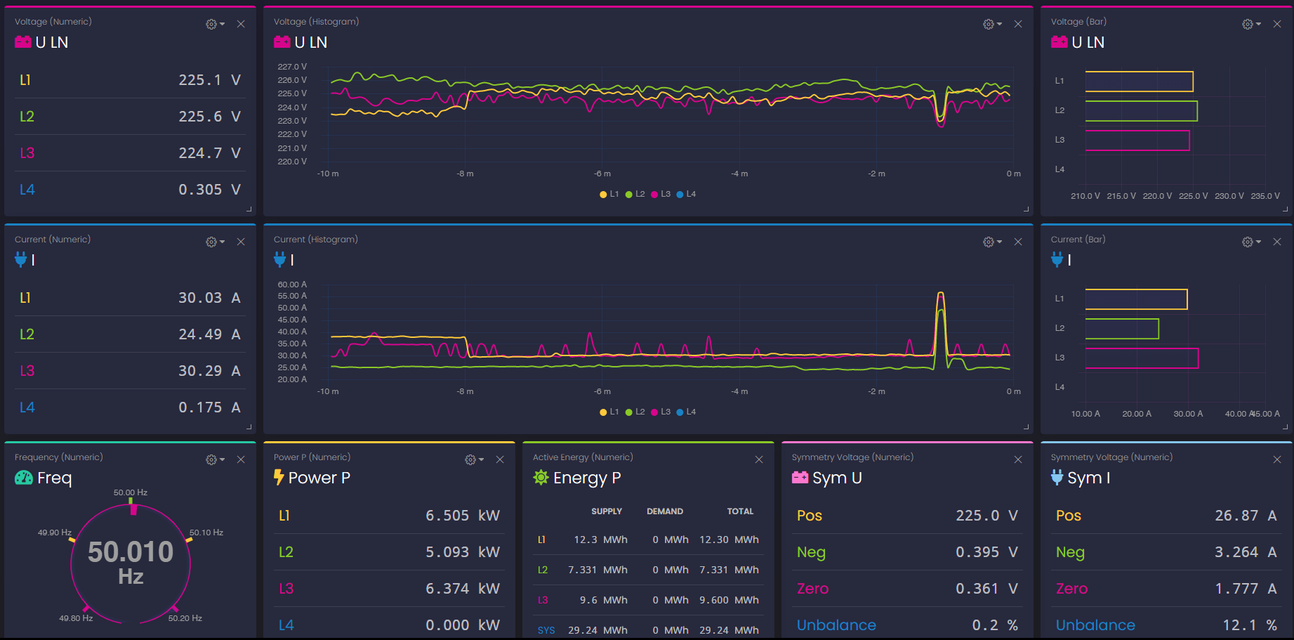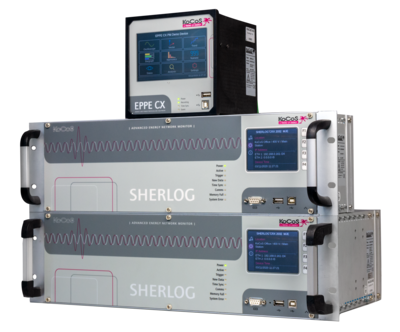EPPE CX - Power Quality Analyzer with universal connectivity
16. février 2021, - Power quality analysers
EPPE CX
Power Quality Analyzer with universal connectivity
The widespread use of power quality analyzers increases transparency in our power grids and reveals dangers as well as potential savings.
EPPE CX records and analyzes the power quality according to common standards and generates the required reports automatically. Network faults or disturbances are recorded via the transient fault recorder with high resolution.
In parallel to the tasks of power quality and fault recording, EPPE CX can be used via standardized interfaces and protocols, as a data source for third party applications like automation solutions. It also provides real-time visualization of measurement and process data.
Third party systems and automation solutions can access the EPPE CX measurement and process data via the standardized and widely used MODBUS TCP protocol, which is also part of the basic equipment of most PLC systems.
In addition, EPPE CX has been equipped with a modern and powerful webserver interface to display live measurements in numerical and graphical views on all common internet browsers on PCs, smartphones or tablets. Using this feature the live measurements can be monitored from all over the world without the need to install specific software applications.
The widget concept of the browser allows to arrange application specific views easily for each user.
The web server is available from device software version 2.06.0000.

